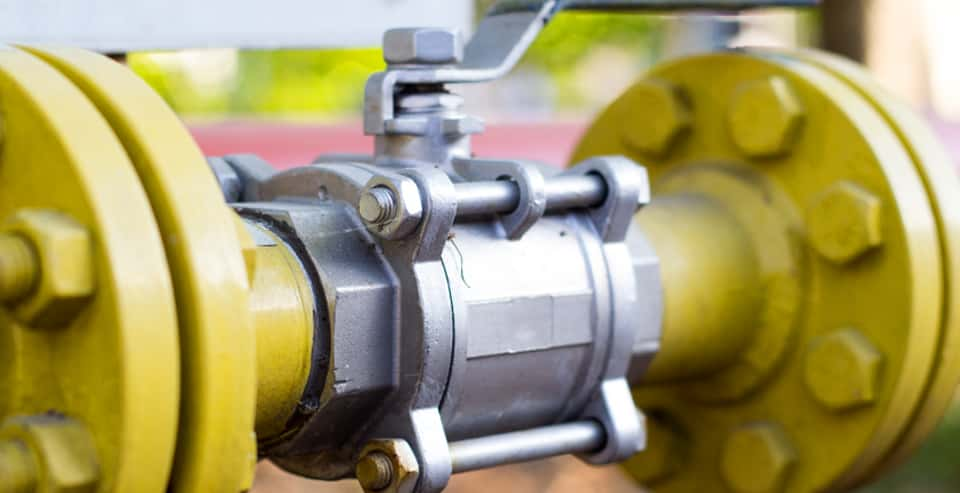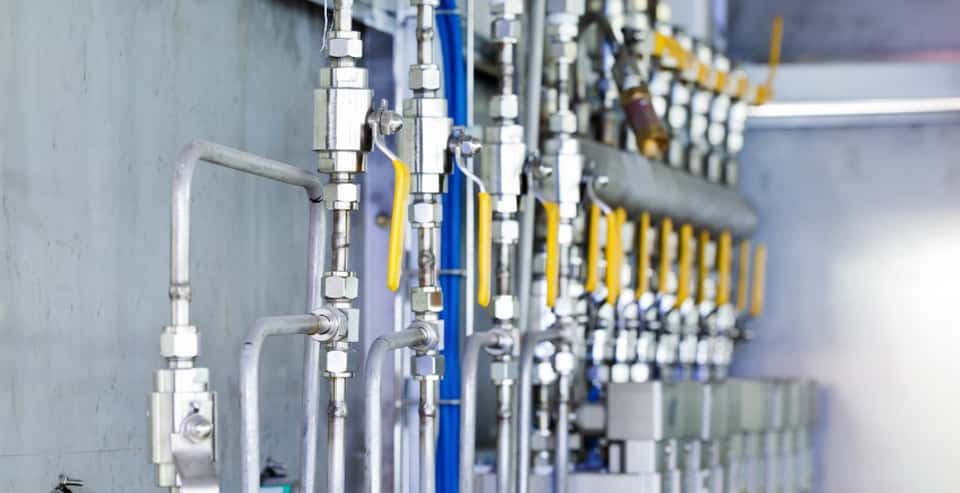Case

Case

The problems existing in the application of ball valves are mainly manifested in different degrees and different forms of leakage. According to the principle of sealing structure and the analysis of installation and construction quality, the reasons for the leakage of the valve are as follows.
During the installation and construction, the protection of the valve sealing surface and the sealing seat ring is not paid attention to, and the sealing surface is damaged; after the installation is completed, the pipeline and the valve cavity are not thoroughly purged and clean, and welding slag or gravel is stuck on the ball and the valve cavity during operation. Between the sealing races, causing the seal to fail.
In this case, in an emergency, an appropriate amount of sealant should be injected on the upstream sealing surface to alleviate the leakage, but the problem cannot be completely solved. If necessary, the valve sealing surface and sealing seat ring should be replaced.

Although the valve structure is simple, it is a product that requires high machining quality, and its machining quality directly affects the sealing performance. The assembly gap between the sealing seat ring and the ring seat and the area of each ring surface must be accurately calculated, and the surface roughness must be appropriate. In addition, the selection of soft sealing ring material is also very important, not only corrosion resistance and wear resistance, but also its elasticity and stiffness should be considered. If it is too soft, it will affect the self-cleaning ability, and if it is too hard, it will break easily.
Valves with different sealing properties and sealing structures are used in different occasions. Only by selecting different valves in different occasions can the ideal application effect be obtained. Taking the West-to-East Gas Pipeline as an example, fixed pipeline ball valves with two-way sealing function should be selected as much as possible (except for orbital ball valves with forced sealing, because they are more expensive). This way, should the upstream seal fail, the downstream seal will still function. If absolute reliability is required, a forced-sealing orbital ball valve should be selected.

For valves without leakage, a small amount of grease can be added to the valve stem and sealant injection port before and after each operation or every 6 months, and only when a leak has occurred or it cannot be completely sealed, inject an appropriate amount. Sealants. Because the viscosity of the sealant is very high, if the sealant is usually added to the unleaked valve, it will affect the self-cleaning effect of the spherical surface, which is often counterproductive, and some small gravel and other dirt will be brought into the seal to cause leakage.